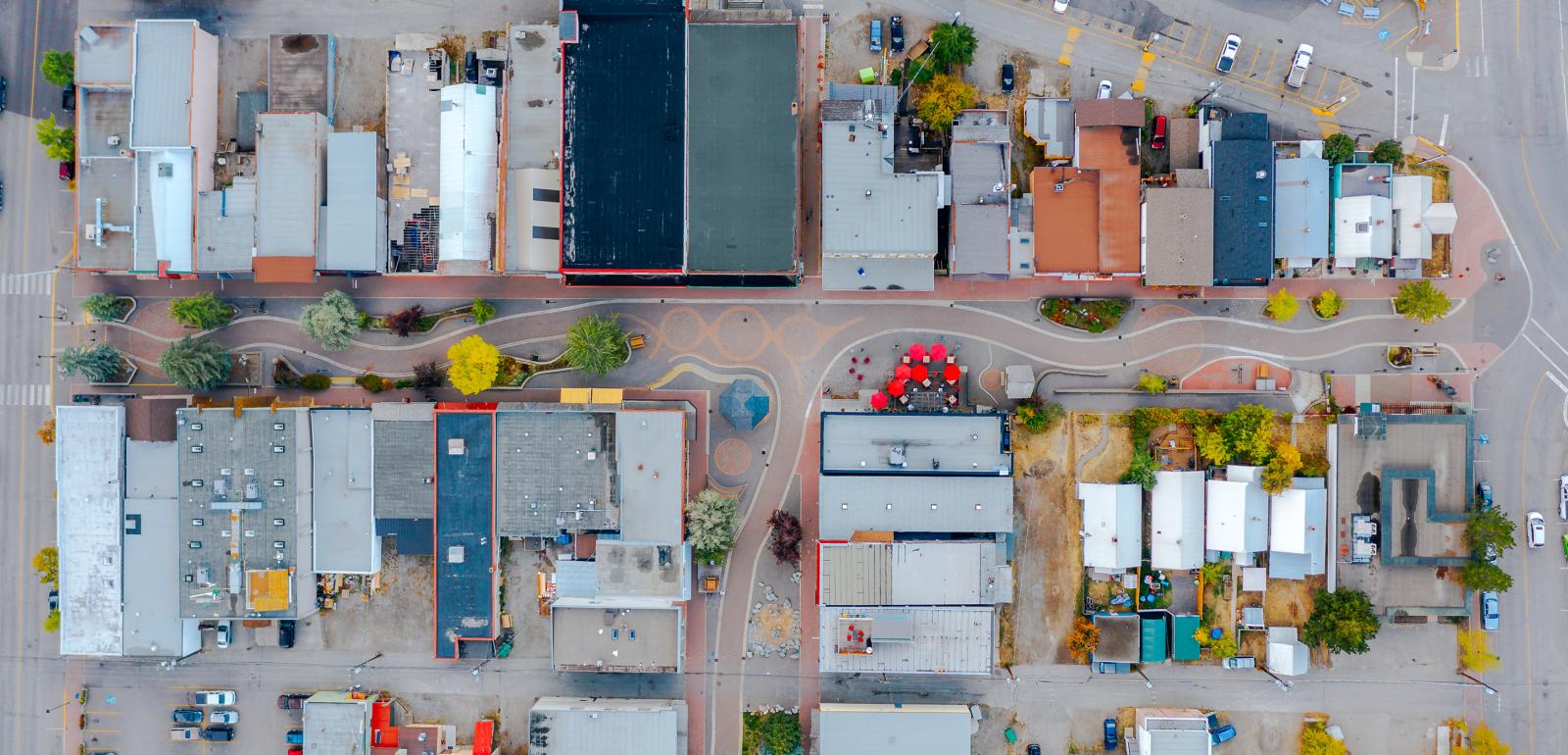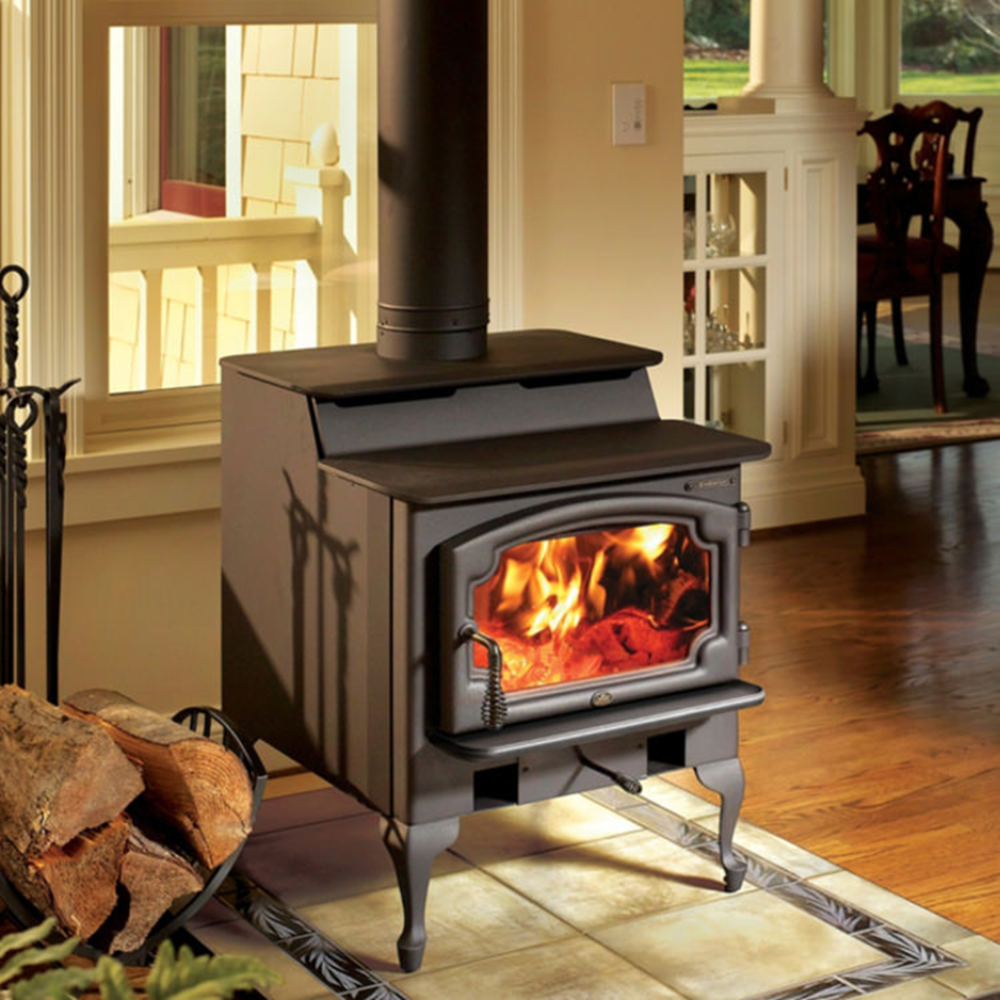
Fireplace and Woodstove Safety
Each fall homeowners should be following a chimney maintenance and cleaning program to keep families safe and warm. Chimneys accumulate creosote, a combustible by-product of charred wood. Combined with high flue temperatures and you could have a dangerous chimney fire on your hands.
The best way to avoid a house fire caused by the fireplace or chimney is to hire a professional chimney sweep to clean and inspect for cracks or damage. Once your chimney gets the all-clear, you should follow some basic safety principles when it comes to your chimney and the vicinity of the fireplace or woodstove:
- Keep the area in front of the fireplace clear of combustible items like paper or decorations. During the holidays we all have a tendency to decorate near the fireplace, so be careful and keep these materials at a safe distance.
- Keep woodstove doors closed while burning and use a glass door or a wire mesh screen on a fireplace.
- Use seasoned wood that has been split for six months to a year. "Green" wood creates more creosote.
- Do no throw wrapping paper, boxes, or trash into the fireplace or woodstove.
- Keep the area near the chimney clear. If you have trees that hang over the house near the chimney, make sure branches and leaves are at least 15 feet away.
- Cap your chimney. A top that has wire mesh along the sides will keep out rain and snow, birds, and other critters that might be running around on the roof.
- Think small. If you try to burn too much wood, the chimney can crack and you run the risk of creosote build-up. Burn wood on a grate placed near the back of the fireplace.
Like fire, carbon monoxide can be a deadly threat. Carbon monoxide is an odorless, invisible, toxic gas that kills about 300 Canadians per year and sickens many more.
While carbon monoxide poisoning can result from poorly functioning home appliances and heating systems, it can also come from poorly maintained chimneys. The chimney and chimney connector serve as a furnace's exhaust system. If debris is blocking the chimney, carbon monoxide can accumulate inside the house.
Perhaps the most important rule of all when it comes to fall chimney maintenance is to install and maintain smoke and carbon monoxide detectors inside and outside of bedrooms. Replace the batteries each season and test the detectors regularly. If the detector is more than 10 years old, replace it.
